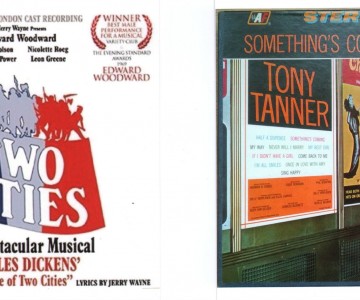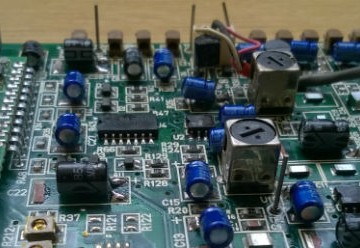01277 225316 info@audiorestored.com
Grundig Stenorette Transfer to CD| Audio Restored
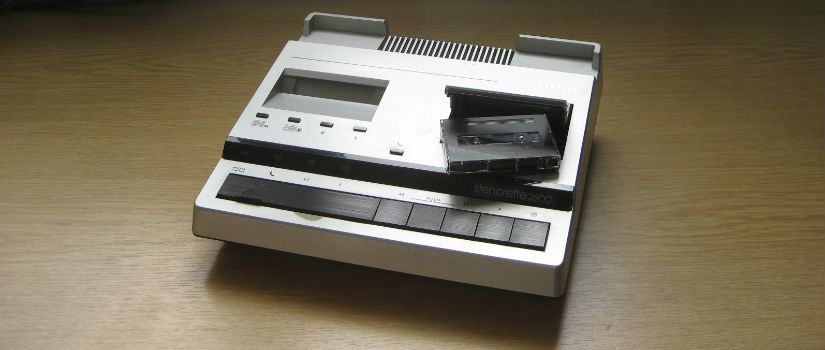
Prices
| Grundig Cassette 30 or 45 | £35 / Cassette |
| Grundig Stenorette | £30 / Stenocassette |
Audio Sample
An excerpt from an Officer’s war memoirs – complete with stop/start clicks
After editing out of the annoying clicks
Stenorette facts
- The early Grundig Cassette comprises a single reel of tape enclosed in a case, terminating in a loop which hooks onto the fixed take up spool on the recorder.
- The tape used is slightly thicker than normal quarter-inch tape, to make it more robust within the case.
- Grundig Cassette recorders have no capstan or pinch-roller – the tape is pulled round by the fixed take-up spool running at constant speed. Thus recordings cannot be played back on conventional tape decks as the speed would alter throughout the recording.
- The later Stenorette recorders do have a capstan and pinch-roller, much like mini- and microcassette recorders.
- The Stenocassette’s ‘progress indicator’ is built into the case, and works on a worm-screw principle, moving a white indication marker across a scale from 0 to 30 minutes.
Audio Enhancement
After listening to your recording, we apply whatever digital restoration and/or editing is necessary to improve the sound quality.
One of the earliest tape-based dictating machines was manufactured in the early 1960s by Grundig. Using 1/4 inch tape on a single reel encased in a cassette, the Grundig Cassette provided 30 – 45 minutes of recording time.
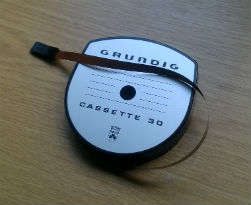
Grundig Cassette 30 (1960)
The dictaphone market developed further in terms of sound quality and convenience with the introduction of the ‘Stenorette’, marketed by Grundig in 1971.
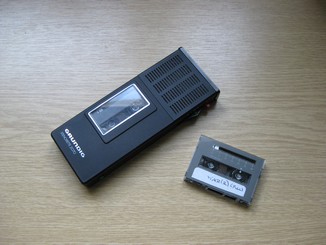 Available as a desk top version (Stenorette 2600) and a hand-held model (Stenorette 2070) both units use the ‘Stenocassette 30’ – an analogue cassette for dictation, and the first mini index cassette to contain a built-in tape counter device.
Available as a desk top version (Stenorette 2600) and a hand-held model (Stenorette 2070) both units use the ‘Stenocassette 30’ – an analogue cassette for dictation, and the first mini index cassette to contain a built-in tape counter device.
Following it’s release, the Stenocassette 30 gained widespread use in Germany and was established as a DIN standard (DIN 32750) in 1985.
Stenocassette to .wav file or CD transfers are carried out using the Stenorette 2600. We apply the necessary restoration to enhance the sound quality, before transferring to CD.
Individual tracks (where appropriate) are separated to give full track skip/search functions. CD text and on-CD printing are added for convenience, and your disc is returned to you in a clear, flexible vinyl sleeve.
Alternative file formats (FLAC, .mp3) can also be accommodated if required.
Contact us to discuss your requirements fully.


